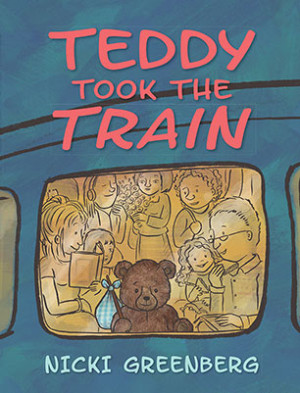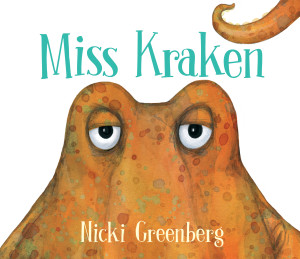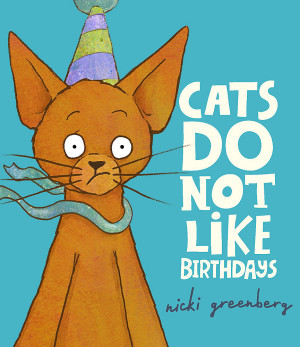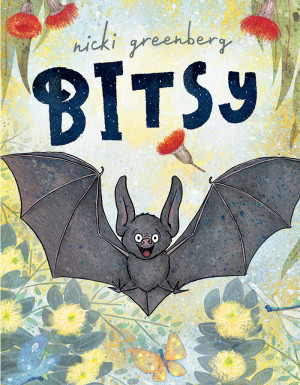

00:23 Meet the creators
00:54 Different types of illustrated stories
02:37 Techniques illustrators use to give stories meaning
04:07 What is storyboarding?
05:22 Final words of advice
06:06 Here's what we've learned
 Learning Intentions
Learning Intentions
1. Learning about ways that meaning can be communicated through illustrations.
2. Learning about visual techniques used by illustrators.
3. Learning about storyboarding, and how illustrators use this tool to plan visual stories.
SUCCESS CRITERIA:
1. Identified different ways that story meaning can be shown in illustrations.
2. Used some illustration techniques to convey different feelings and emotions.
3. Used a storyboard template to plan an illustrated story.
 Discussion Questions
Discussion Questions
- Think about the stories that you know. Can you list some stories that use both words and pictures? Can you think of some stories that use only pictures?
- Think about how YOU read a story with words and pictures. Do you read the words first and then look at the pictures? Or look at the pictures first? Or a combination of both?
- Nicki mentioned some of the different kinds of illustrated stories she has created. Can you remember what some of those types of stories are?
- David talked about how illustration can be different to the art that hangs in a gallery. What do you think might be some of the differences between ‘art that hangs in a gallery’ and art in a story book?
- Nicki and David discussed ways that illustration can be used to give a story meaning, and they both gave us some examples from their own work.
- Can you remember some of the things Nicki talked about?
- Can you remember some of the things David talked about?
- What other ways can illustrations give a story meaning?
- Nicki and David both talked about something called storyboarding.
- What is the purpose of creating a storyboard?
- How do you think a storyboard can help plan a story?
 Curriculum Links
Curriculum Links
Australian Curriculum V9.0 Links
ENGLISH Y3-4
Language:
● Language for expressing and developing ideas: AC9E3LA09, AC9E4LA10
Literature:
● Engaging with and responding to literature: AC9E3LE02, AC9E4LE02,
● Examining literature: AC9E3LE03, AC9E4LE03
Literacy:
● Analysing, interpreting and evaluating: AC9E3LY03, AC9E4LY03, AC9E3LY05,
AC9E4LY05
● Creating texts: AC9E3LY06, AC9E4LY06
GENERAL CAPABILITIES
LITERACY
Writing:
● Creating texts: Crafting ideas Level 5-6
Reading and Viewing:
● Understanding texts: Comprehension Level 5-6
CREATIVE AND CRITICAL THINKING
Generating:
● Create possibilities: Level 3
Reflecting
● Transfer knowledge: Level 3














